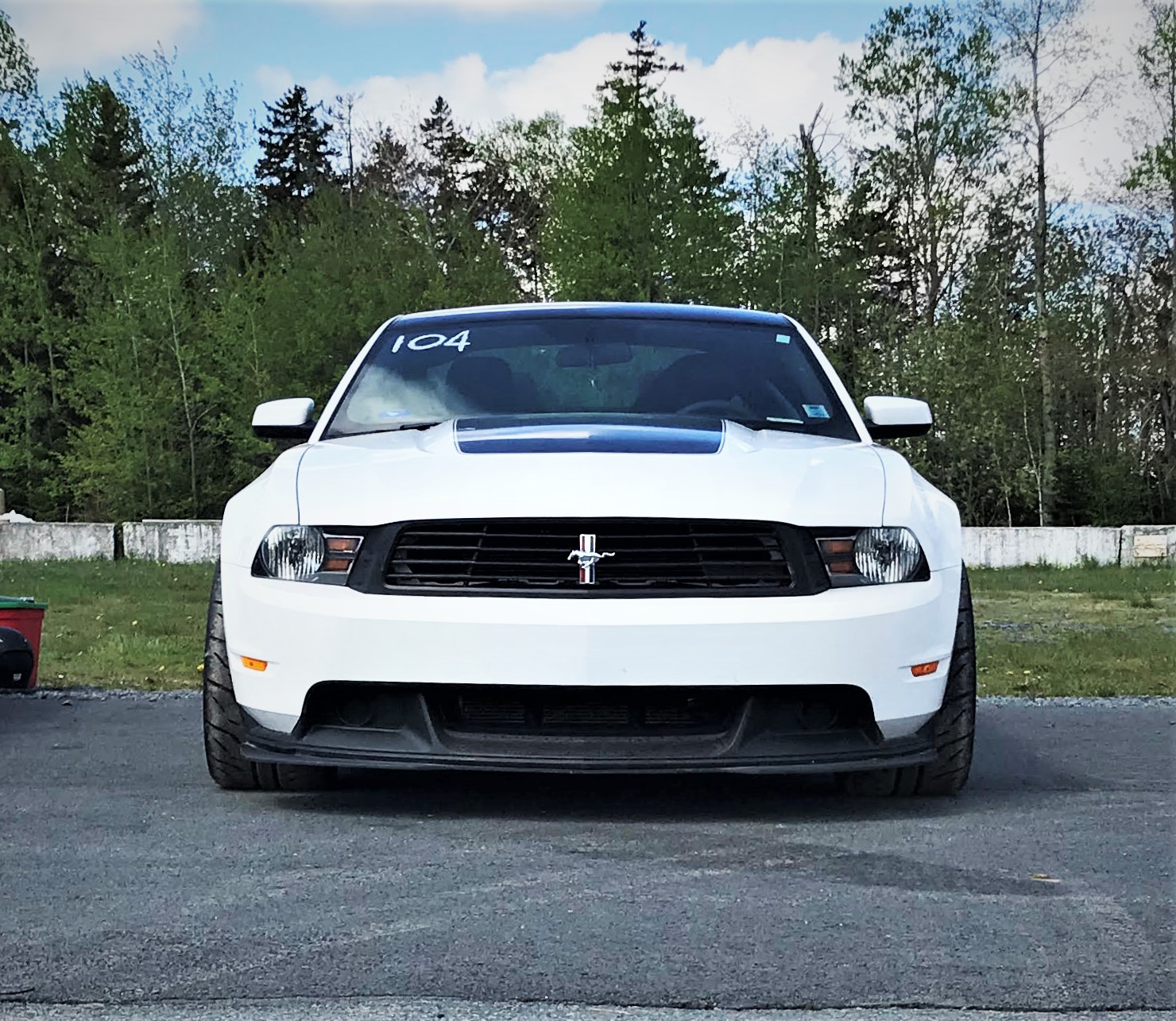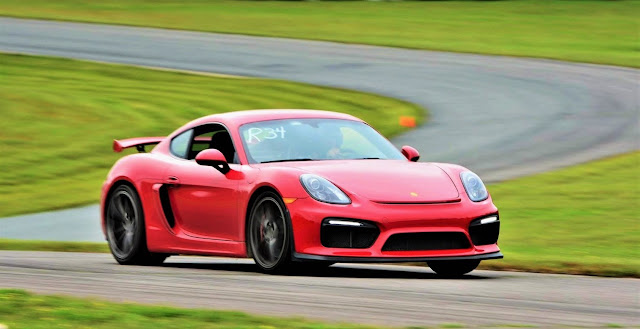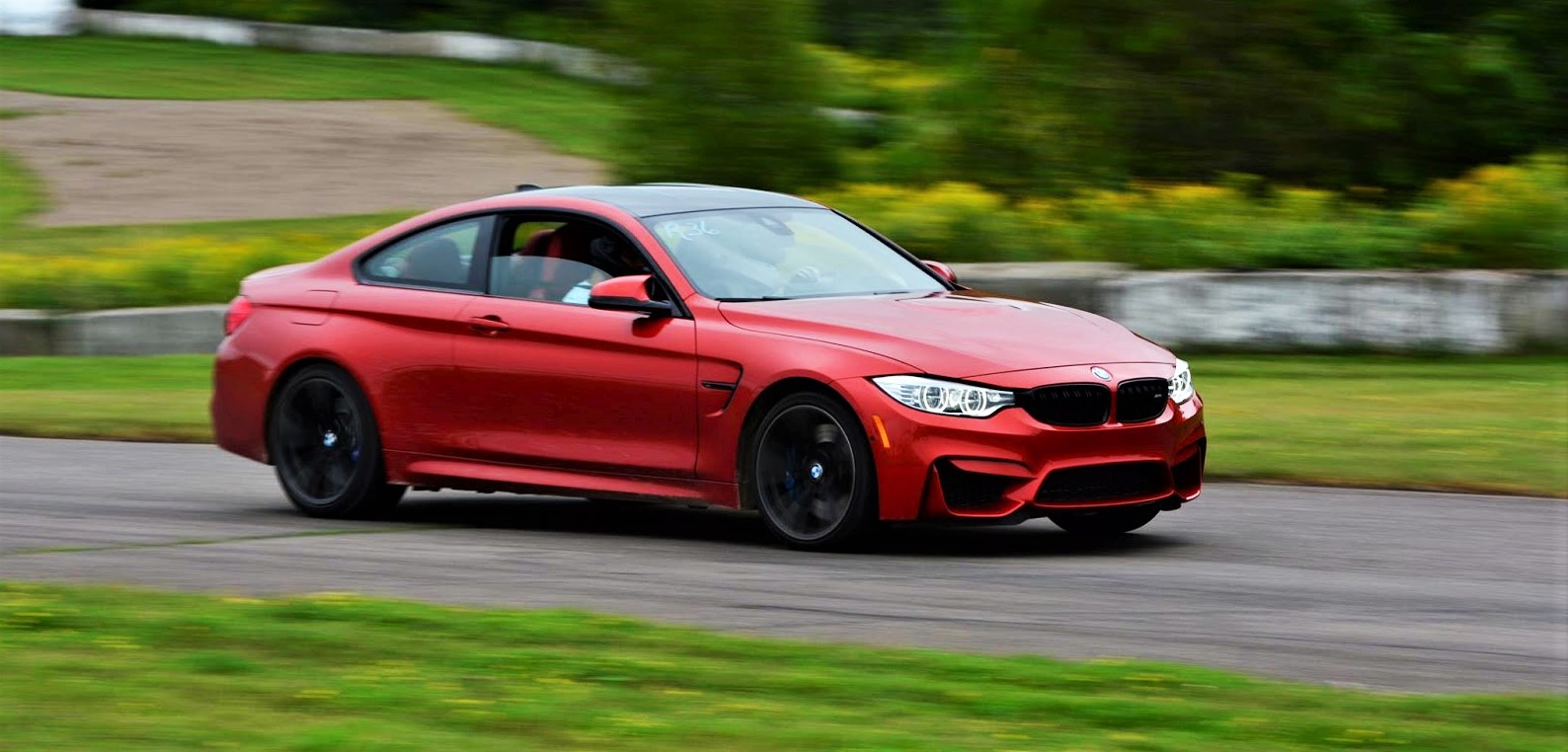Chevrolet delighted many car enthusiasts when it announced that it will offer a new model called the Chevrolet SS; a RWD sedan based on the Holden Commodore with a standard LS3 6.2 litre V8. Many considered it a replacement to the much loved but short lived Pontiac G8 which was also based on the Holden Commodore. Unsurprisingly, the Chevy SS has been well received in reviews since its introduction, like the G8.
Chevy decided that that wasn't enough, though. Last year, it decided to give another treat to the car's fans and made a 6-speed manual transmission available instead of just the 6-speed auto and the now-well-known GM magnetic shocks also became an option. I wasn't expecting much more to be changed from now on. Since the SS is based on the Commodore and also built alongside of it in Australia, it is expected to go out of production when Holden's manufacturing operations close in Australia and start relying on global GM platforms. A Motor Trend source, though, said that another update might be coming.
A suspension package based on the 1LE packaged offered on the Camaro SS is being considered. The car would use a square tire setup as opposed to the current staggered one, like the 1LE, and offer new dampers and a retuned suspension. It's unclear if a "retuned suspension" includes only springs and antiroll bars or it is more involved. The 1LE currently brings more to the Camaro, such as upgraded wheel bearings, toe links and shock mounts as well as a strut tower brace. Moreover, the transmission gets unique, close-ratio gears more suited to the track, a Torsen limited slip differential to put the power down better and a ZL1-spec fuel pump to ensure fuel starvation is not an issue in high g corners.
The 1LE makes the Camaro SS a very formidable track machine, posting a 3:01.5 lap time at VIR in the hands of Car and Driver, which puts ahead of cars like the Jaguar XKR-S, Porsche Cayman S, Boss 302 Laguna Seca and even GM's own last-generation Cadillac CTS-V. The last SS tested by Car and Driver weighed just 50 lbs more than the last Camaro SS 1LE they tested, despite having an auto while the Camaro had a manual, so additional weight shouldn't be an issue. The 1LE package is known to be very stiff, though, so I suspect the SS would get a softer setup more suited to a large sedan and be a little slower. Still, the best the F10 BMW M5 could do was 3:05.2 so even if it loses a few seconds to the Camaro, we could still be looking at BMW M5 performance for under $50,000 plus have a naturally aspirated V8 to boot, instead of turbo. That would be phenomenal. What's even more interesting to me, though, is the fact that maybe, maybe.. this means that the SS name will live on after Holden. I know it's a stretch but bear with me.
The platform Cadillac developed for the ATS and CTS is now being used to underpin the next Camaro so GM is not opposed to letting Chevy use Cadillac platforms. We have also seen more than one large RWD concept from Buick over the last few years, hinting at a possible halo model. That platform will almost certainly come from Cadillac, if such a car were to exist, so we know that someone at GM is already considering building another large sedan on a RWD platform other than the upcoming Cadillac CT6. Maybe Cadillac's platform for the CT6 will be shared with Buick for a halo model as well as Chevy for a replacement SS after Holden? Why would they spend any more development money on a model that is going to end production in less than two years (i.e. 2017)? We can only hope.
As for the 1LE package, Motor Trend's source says that the engineers know the part numbers to use so it can be put to production very quickly (i.e. within three to six months). The only thing left to do is convincing the decision makers it is worth it.. Please, build it Chevy!













Comments
Post a Comment